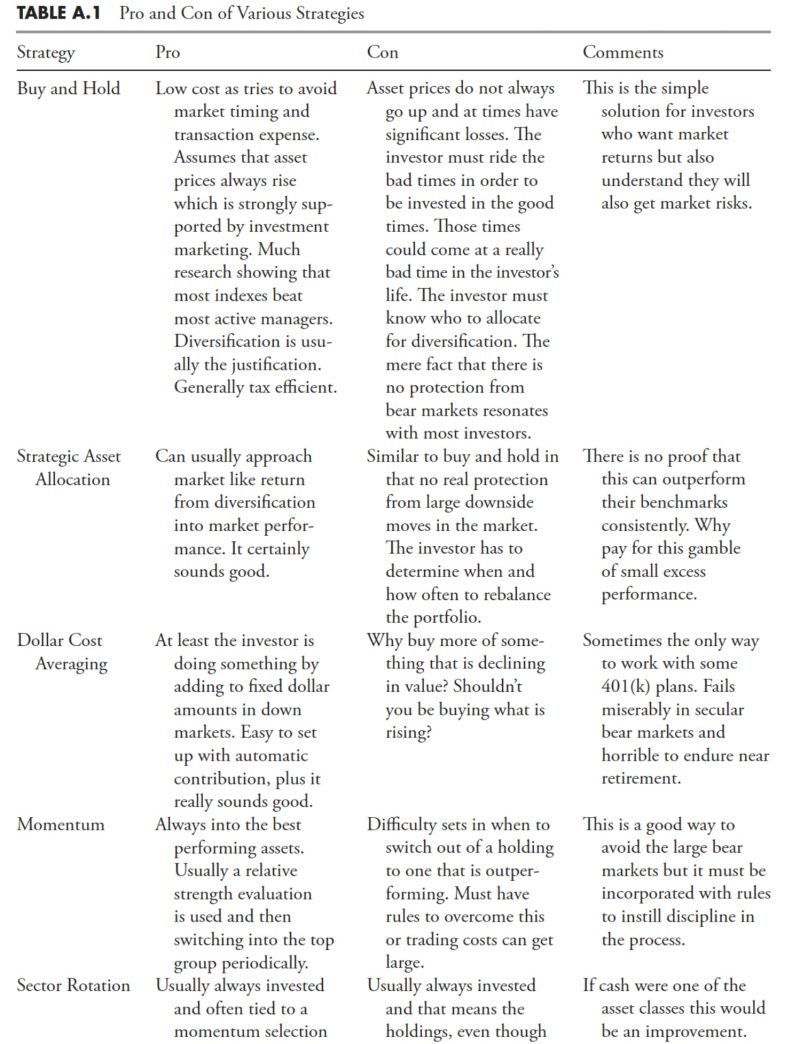When it comes to investing, following the trend is a common strategy that many investors adopt to align their decisions with the overall market direction. This approach involves identifying the prevailing trend in the market and investing in line with that trend to potentially benefit from consistent returns. By focusing on the trend, investors seek to ride the momentum and capitalize on the prevailing market sentiment.
Trend following is based on the principle that markets have a tendency to move in trends, whether upward, downward, or sideways. By recognizing and adapting to these trends, investors aim to participate in the market movements and generate profits. This strategy is especially popular among technical analysts who use various tools and indicators to identify trends and make informed investment decisions.
One key aspect of trend following is the use of moving averages, which are widely used indicators that help investors smooth out price fluctuations and identify the direction of the trend. By analyzing the relationship between short-term and long-term moving averages, investors can gauge the strength and sustainability of a trend and make timely investment decisions.
In addition to moving averages, investors also utilize trend lines to visually represent the direction of the trend. Trend lines are drawn by connecting the highs or lows of an asset’s price movement, providing a clear visual guide to the prevailing trend. By observing the slope and positioning of trend lines, investors can assess the strength of the trend and determine potential entry and exit points for their trades.
Another important tool in trend following is the use of momentum indicators, such as the moving average convergence divergence (MACD) and the relative strength index (RSI). These indicators help investors measure the speed and magnitude of price movements, providing valuable insights into market dynamics and potential trading opportunities.
Overall, investing with the trend can be a rewarding strategy for investors seeking to align their portfolios with the market direction. By identifying and following the prevailing trend using tools such as moving averages, trend lines, and momentum indicators, investors can make well-informed decisions that may lead to favorable returns. While no strategy is foolproof in the ever-changing world of investing, trend following provides a systematic approach that can help investors navigate the complexities of the financial markets and potentially achieve their investment goals.
